American Fool by John Cougar
Buy American Fool American Fool may mark the midway point of the artist’s evolution from the stage name “Johnny Cougar” back to his given name John Mellencamp. The differing names (of which there […]
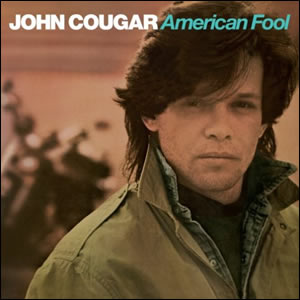
Buy American Fool American Fool may mark the midway point of the artist’s evolution from the stage name “Johnny Cougar” back to his given name John Mellencamp. The differing names (of which there […]
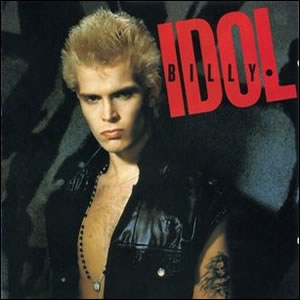
Buy Billy Idol The debut album by Billy Idol is amazingly diverse and mainstream-leaning for an artist supposedly fresh off the punk scene. In fact, Idol today admits that his late seventies outfit, […]
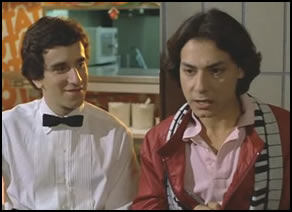
The movie soundtrack has become a great source for discovering music. Many dramatic scenes are fully augmented by appropriate audio, which in turn drives sales of the songs themselves. It is a nice […]

Buy Coda Coda is a unique album for us to review. Although it is listed officially as the ninth and final studio album by Led Zeppelin, it could just as well be listed […]

Buy One On One Many critics believed that Cheap Trick was already past their peak by the time that got around to recording their sixth studio album, One On One in 1982. The band […]
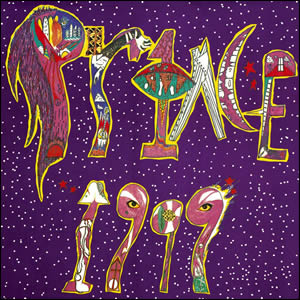
Buy 1999 1999 is a double-length album by Prince, released in late 1982. The album was born out of an extremely prolific songwriting period when there was reportedly four albums worth of material […]
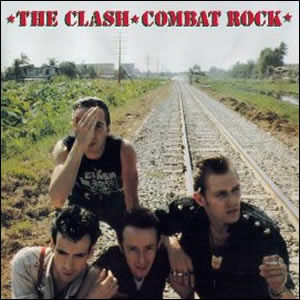
Buy Combat Rock The last significant album by The Clash came in 1982 with Combat Rock. The album follows the experimental triple album Sandinista!, which itself followed the double album London Calling. The […]
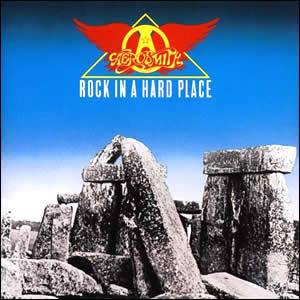
Buy Rock In a Hard Place Rock In a Hard Place is considered by some to not be a “real” Aerosmith album because it is the only one to not include all five […]
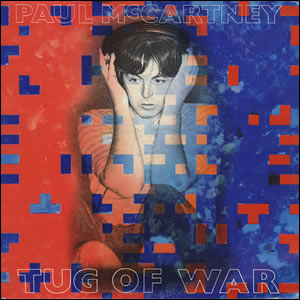
Buy Tug of War The naive belief that one could end war by political correctness at a time when no major wars were occurring in the Western world may be the best way […]
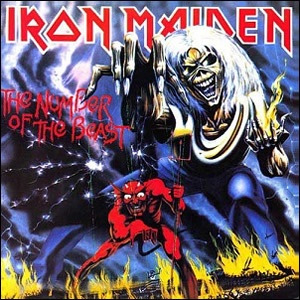
Buy The Number Of the Beast As we’ve mentioned before on this site, Classic Rock Review does not like to stray too far from mainstream rock and pop when selecting which albums we […]